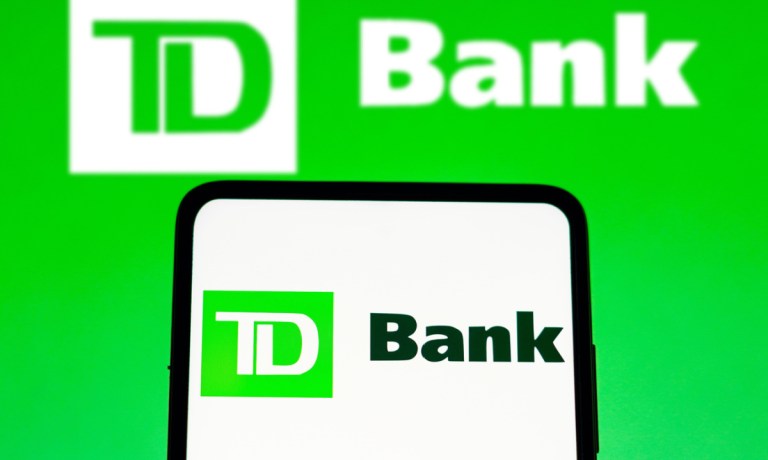
TD Bank Group and Plaid have partnered to eliminate the need for TD customers in Canada and the United States to share login credentials with third-party applications.
With a new North American data-access agreement, these customers will be able to access and share financial information with the more than 8,000 apps and services on Plaid’s network through application programming interfaces (APIs), the companies said in a Thursday (Dec. 14) press release.
“We know our customers are looking to access new types of services that meet their unique financial needs,” Franklin Garrigues, vice president of external ecosystems at TD, said in the release. “This agreement will enable our customers who choose to access the applications and services on Plaid’s network to do so with more ease, value and security.”
This data-access agreement with Plaid is the latest of several steps TD has taken to develop a digital experience that is secure, transparent and easy to use, and helps customers share their own financial data, according to the release.
The bank also joined the Financial Data Exchange (FDX) in 2018, entered into a data-access agreement with Finicity in 2020, joined the Akoya Data Access Network in 2021 and entered a data-access agreement with Envestnet/Yodleein 2021, the release said.
“Today 84% of consumers say they’re better off as a result of being able to manage their financial lives online,” Cecilia Frew, head of open finance at Plaid, said in the release. “Our relationship with TD will give millions of customers the tools to securely connect to the thousands of digital financial applications in Plaid’s network and comfortably manage their everyday finances.”
The broad progress of both FinTechs and embedded finance is making new financial experiences easier while opening the door to innovative applications, John Anderson, head of payments at Plaid, told PYMNTS in an interview posted in October.
“There are these amazing flywheels, or network effects, of consumers becoming more comfortable connecting and using FinTech experiences and open finance apps, trusting those services,” Anderson said. “And the user experience is becoming more native and more comfortable to people as they use it more and more often, which is increasing trust and reducing barriers to adoption.”